Home>Garden Essentials>How Long Before Gourds Germinate
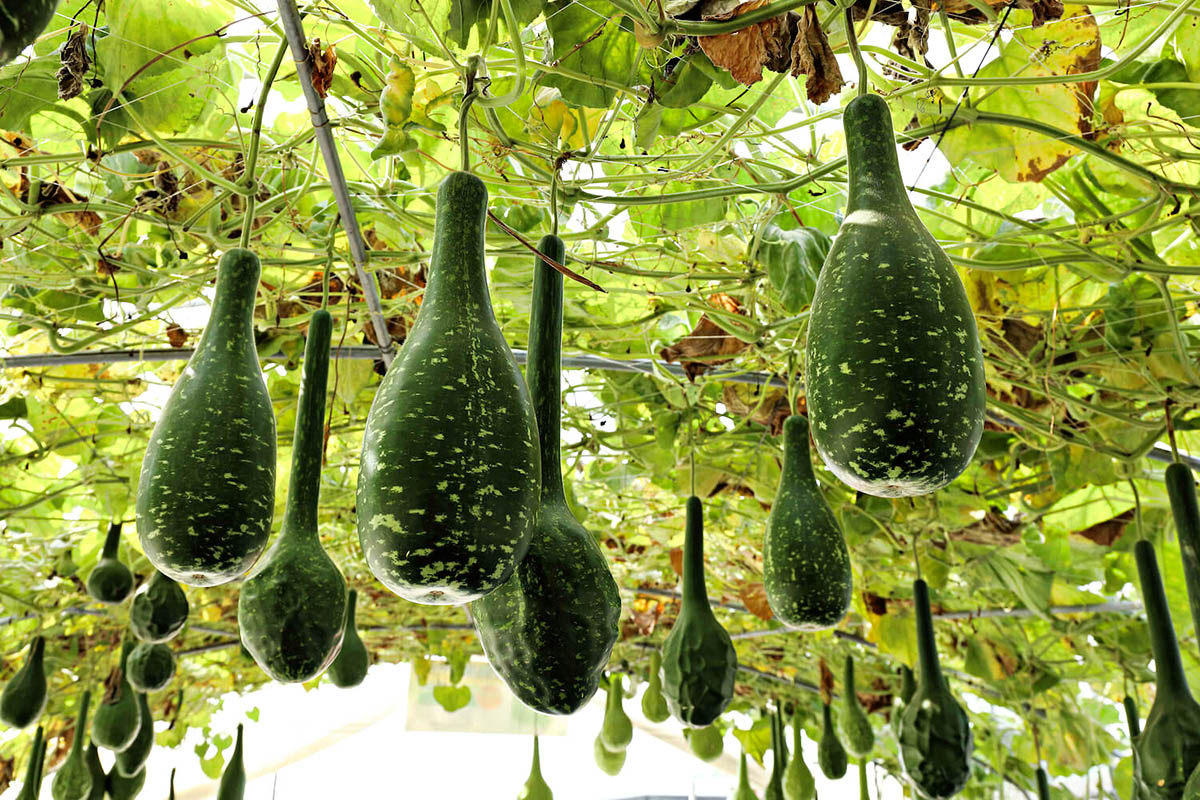

Garden Essentials
How Long Before Gourds Germinate
Modified: March 15, 2024
Learn how long it takes for gourds to germinate in your garden. Discover tips for successful germination and get your gourd garden started.
(Many of the links in this article redirect to a specific reviewed product. Your purchase of these products through affiliate links helps to generate commission for Storables.com, at no extra cost. Learn more)
Introduction
Gourds are a fascinating and versatile addition to any garden. With their unique shapes, vibrant colors, and ornamental appeal, gourds are a favorite among garden enthusiasts and crafters alike. Whether you’re growing them for decorative purposes, crafting projects, or even for consumption, understanding the germination process is key to a successful gourd harvest.
Germination is the process in which a seed begins to grow and develop into a new plant. For gourds, this initial stage is crucial for ensuring healthy and robust vines that will eventually produce the desired fruit. Understanding how long it takes for gourds to germinate and the factors that affect this process will help you make informed decisions and take appropriate actions to achieve the best results in your garden.
In this article, we will explore the various factors that can influence gourd germination, the average germination time for different types of gourds, environmental conditions that promote optimal germination, techniques to speed up the process, common issues and troubleshooting, and ultimately, provide you with the knowledge you need to successfully germinate gourds in your garden.
Key Takeaways:
- Gourd seeds typically take 7 to 14 days to germinate, but this can vary based on factors like temperature and seed variety. Providing optimal conditions and techniques like pre-soaking can speed up the process.
- Factors like seed quality, temperature, and moisture affect gourd germination. Troubleshooting common issues such as slow germination and damping off can help ensure successful gourd sprouting.
Read more: How Long To Germinate Bitter Gourd
Factors Affecting Gourd Germination
Multiple factors can influence the germination of gourd seeds. Understanding and addressing these factors will increase the likelihood of successful seed sprouting and healthy plant growth.
Seed Quality: The quality of gourd seeds is essential for successful germination. Always choose high-quality seeds from reputable sources. Ensure that the seeds are fresh, viable, and free from any damage or signs of disease or pests.
Temperature: Gourds are warm-season plants that thrive in temperatures between 70°F and 95°F (21°C – 35°C). The soil temperature plays a crucial role in germination. Most gourd varieties require a soil temperature of at least 60°F (15°C) for successful germination. Using a soil thermometer can help you monitor and maintain the appropriate temperature range.
Moisture: Adequate moisture is vital for gourd seeds to germinate. While gourds prefer well-drained soil, the seeds need consistent moisture to soften the seed coat and initiate sprouting. However, excessive moisture can lead to rotting or fungal diseases. Strike a balance by ensuring the soil is consistently moist but not waterlogged.
Light: Some gourd varieties benefit from exposure to light during germination, while others prefer darkness. Always check the specific requirements for the variety you are growing. If light is required, gently press the seeds into the soil surface rather than burying them to ensure they receive the necessary light for germination.
Soil Type and pH: Gourds prefer well-drained soil with a slightly acidic to neutral pH range between 6.0 and 7.0. Heavy clay soils can inhibit germination due to poor drainage, while sandy soils may dry out too quickly. Amending the soil with organic matter such as compost can improve water retention and nutrient availability.
Scarification: Some gourd seeds have hard outer coats that can impede germination. Scarification, which is the process of nicking or sanding the seed coat, can help water penetrate and hasten germination. Exercise caution when scarifying seeds, as excessive damage can be harmful.
Seed Depth: The depth at which gourd seeds are planted can also impact germination. Generally, gourd seeds should be planted at a depth of around 1 inch (2.5 cm) in the soil. Planting too shallowly can expose the seed to drying out, while planting too deeply can limit access to oxygen necessary for germination.
Seed Stratification: Some gourd varieties benefit from a period of cold stratification to break dormancy and initiate germination. This can be achieved by refrigerating the seeds for a few weeks prior to planting, mimicking the natural winter conditions they would experience in their native habitat.
By considering and addressing these factors, you can enhance the germination success rate and ensure healthy gourd plants in your garden. Next, we will explore the average germination time for different types of gourds.
Average Germination Time for Gourds
The germination time for gourds can vary depending on the specific variety and environmental conditions. On average, gourd seeds take between 7 to 14 days to germinate, but this can extend up to 3 weeks in some cases. It’s important to note that these timeframes are just estimates, and actual germination times can vary.
Some gourd varieties are known for their quick germination, while others may take a bit longer. For example, small ornamental gourds like the Luffa gourd or the Miniature Swan gourd often germinate within a week or even a few days. Their smaller size and thinner seed coats contribute to their faster sprouting time.
On the other hand, larger gourd varieties, such as the Birdhouse gourd or the Giant African Bottle gourd, may take closer to the two-week mark to germinate. These varieties typically have thicker seed coats and larger seed sizes, which can slightly delay the germination process.
Additionally, factors like temperature and moisture can influence the germination speed as well. Warmer temperatures, around 80°F to 90°F (27°C to 32°C), tend to accelerate the germination process, while cooler temperatures can slow it down.
It’s also worth noting that gourd seeds have a high germination rate, usually above 85% for fresh and good-quality seeds. This means that the majority of properly cared-for gourd seeds will sprout successfully.
Keep in mind that the individual characteristics of the gourd variety, such as seed size, seed coat thickness, and genetic factors, can affect germination time. Additionally, deviations from optimal growing conditions or environmental stressors may impact germination as well.
In the next section, we will explore the environmental conditions necessary to promote optimal gourd germination.
Environmental Conditions for Optimal Gourd Germination
Gourds are warm-season plants that thrive in specific environmental conditions during germination. Creating the optimal environment for gourd seed germination will increase the chances of successful sprouting and robust plant growth.
Temperature: Gourds require warm temperatures to germinate. The ideal soil temperature for gourd seed germination is between 70°F and 95°F (21°C – 35°C). The air temperature should also remain within this range to promote healthy growth. Ensure that the soil and air temperatures are consistently warm before planting your gourd seeds.
Moisture: Adequate moisture is crucial for gourd germination. When planting gourd seeds, it is important to ensure that the soil remains consistently moist, but not overly saturated. Water the soil gently to avoid disrupting the seeds, and monitor moisture levels throughout the germination process. Using a misting spray bottle can help maintain the ideal moisture balance without disturbing the seeds.
Light: Some gourd varieties benefit from exposure to light during the germination process, while others prefer darkness. It is important to check the specific requirements for the variety you are growing. If light is required, plant the seeds at a shallow depth, allowing them to receive the necessary light for germination. If darkness is preferred, cover the seeds with a thin layer of soil or a light-blocking fabric to ensure they sprout in the dark.
Air Circulation: Good air circulation is essential for preventing fungal diseases and promoting healthy germination. Ensure that there is adequate space between the planting areas for proper airflow. Additionally, avoid over-watering, as excessive moisture can create a damp and stagnant environment that is unfavorable for germination.
Humidity: While gourd seeds require moisture for germination, excessive humidity can lead to mold and rot. Maintain moderate humidity levels by ensuring proper ventilation and avoiding overcrowding of germination trays or containers.
Soil Type and pH: Gourds prefer well-drained soil with a slightly acidic to neutral pH range between 6.0 and 7.0. Amend the soil with organic matter like compost to enhance its drainage and nutrient-retention capacity. Avoid heavy clay soils, as they tend to retain excessive moisture, which can hinder germination.
Protection from Frost: Gourds are sensitive to frost and cold temperatures, which can hinder germination and overall plant growth. Ensure that the danger of frost has passed before planting gourd seeds outdoors. If starting seeds indoors, maintain a warm and protected environment until the risk of frost has subsided.
By providing these optimal environmental conditions, you can enhance the germination rate and promote healthy growth in your gourd plants. The next section will explore techniques to speed up the germination process if desired.
Gourd seeds typically germinate within 7-14 days when planted in warm, moist soil. Keep the soil consistently moist to encourage germination.
Techniques to Speed up Gourd Germination
While gourds typically have a moderate germination period, there are some techniques you can employ to help speed up the process and ensure quicker sprouting of your gourd seeds.
Pre-Soaking: Pre-soaking gourd seeds in warm water for 24 hours before planting can help soften the seed coat and accelerate germination. Fill a container with warm water and place the seeds in it. Allow them to soak for the recommended time, then remove and plant them immediately. This method is particularly effective for seeds with hard outer coats.
Scarification: Scarification involves creating small abrasions on the seed coat to allow moisture to penetrate and stimulate germination. Gently nick the seed coat with a file or sandpaper, being careful not to damage the embryo inside. Scarification is beneficial for seeds with hard coatings or thick seed coats.
Warm Soil Techniques: Providing consistently warm soil temperatures can significantly speed up gourd germination. You can achieve this by using techniques such as soil warming cables or mats. These heating devices can be placed under the seed trays or containers to maintain a warm soil temperature, encouraging quicker sprouting.
Bottom Heat: Placing the seed trays or containers on a heat source, such as a warm radiator or heat mat, can create a favorable environment for faster germination. The additional warmth supports root development and encourages quicker seedling emergence.
Greenhouse or Indoor Germination: Starting gourd seeds indoors in a controlled environment, such as a greenhouse or a well-heated area of your home, can accelerate the germination process. The controlled temperature and protection from adverse weather conditions provide ideal conditions for speedy sprouting.
Grow Lights: If you are germinating gourd seeds indoors or in a low-light environment, providing supplemental grow lights can promote faster and healthier germination. LED or fluorescent grow lights can simulate natural sunlight and ensure adequate light levels for seedling development and quicker sprouting.
Proper Watering: Providing sufficient moisture without overwatering is crucial for both successful germination and faster sprouting. Keep the soil consistently moist by watering gently and evenly. Avoid excessive watering, as it can lead to waterlogged soil and promote mold or fungal diseases.
It’s important to note that while these techniques can speed up the germination process, it’s essential to closely monitor the soil moisture levels, temperature, and overall plant health to ensure optimal conditions for successful growth.
In the next section, we will address common issues and troubleshooting tips to help you overcome any challenges you may encounter during the gourd germination process.
Read more: How Long To Germinate Pitaya
Common Issues and Troubleshooting
Despite our best efforts, sometimes issues can arise during the gourd germination process. Here are some common problems you may encounter and troubleshooting tips to help overcome them:
Poor Germination Rate: If you’re experiencing a low germination rate, check the seed quality. Ensure that you are using fresh, viable seeds from a reputable source. Additionally, assess the environmental conditions such as temperature, moisture, and light to ensure they are within the optimal range for germination.
Slow Germination: If your gourd seeds are taking longer to germinate than expected, verify that the temperature is optimal for germination. Adjusting the temperature to the recommended range can help speed up the process. You can also try pre-soaking or scarifying the seeds to encourage faster sprouting.
Damping Off: Damping off is a fungal disease that can attack young seedlings, causing them to wilt and eventually die. To prevent damping off, ensure proper air circulation and avoid overwatering. Start with clean seed trays and use sterile soil or a well-draining seed-starting mix. If damping off persists, consider using a fungicide or adjusting watering practices.
Seedling Weakness: If your seedlings are weak and frail, they may not have received enough light during germination. Ensure that your gourd seeds are getting adequate light exposure or adjust the lighting conditions if starting seeds indoors. Provide a grow light source if natural light is insufficient.
Seedling Stretching: Stretching or leggy seedlings occur when they grow tall and weak with sparse foliage. This is typically due to insufficient light. Make sure your gourd seeds are receiving bright, direct light for 12-14 hours a day. Adjust the light source or move the seedlings closer to the light to prevent stretching.
Seed Rot: Seed rot can occur when excessive moisture or poor drainage leads to fungal or bacterial infections. To prevent seed rot, ensure your soil has adequate drainage. Water the soil evenly, making sure it’s moist but not waterlogged. If seed rot has already occurred, remove and discard affected seeds, and adjust watering practices to prevent future issues.
Seedling Transplant Shock: If you’re transplanting gourd seedlings outdoors, they may experience transplant shock. To minimize shock, harden off your seedlings gradually by exposing them to outdoor conditions over a period of 7-10 days before transplanting. Water the transplants thoroughly after planting to help them establish in their new environment.
Pest Damage: Some pests, like slugs, snails, and cutworms, can damage gourd seedlings. Apply organic pest control measures such as diatomaceous earth or handpicking to protect your seedlings. Proper sanitation and garden hygiene can also prevent pests from becoming a problem.
By addressing these common issues and following the troubleshooting tips, you can overcome challenges and ensure a successful gourd germination process in your garden.
Before we conclude, let’s summarize the key points discussed in this article.
Conclusion
Germinating gourds successfully is an exciting and rewarding endeavor for any gardener. By understanding the factors that affect gourd germination, you can take proactive steps to create the optimal conditions for sprouting and ensure healthy plant growth.
Remember to select high-quality seeds, provide the right environmental conditions, including proper temperature, moisture, light, and air circulation, as well as well-drained soil with a slightly acidic to neutral pH. Techniques such as pre-soaking, scarification, and using bottom heat or grow lights can help speed up the germination process if desired.
If you encounter common issues during germination, such as poor germination rates, slow germination, damping off, or weak seedlings, troubleshooting steps such as assessing seed quality, adjusting environmental conditions, and practicing good garden hygiene can help overcome these challenges.
Ultimately, the knowledge and techniques shared in this article will equip you to navigate the gourd germination process with confidence and achieve successful results in your garden. Whether you’re growing gourds for their decorative appeal or for use in crafting projects, the joy of seeing healthy seedlings emerge and develop into vibrant plants is a delightful experience.
Now, armed with this valuable information, you can embark on your gourd germination journey, enjoying the beauty and versatility of these unique plants in your garden. Happy germinating!
Frequently Asked Questions about How Long Before Gourds Germinate
Was this page helpful?
At Storables.com, we guarantee accurate and reliable information. Our content, validated by Expert Board Contributors, is crafted following stringent Editorial Policies. We're committed to providing you with well-researched, expert-backed insights for all your informational needs.
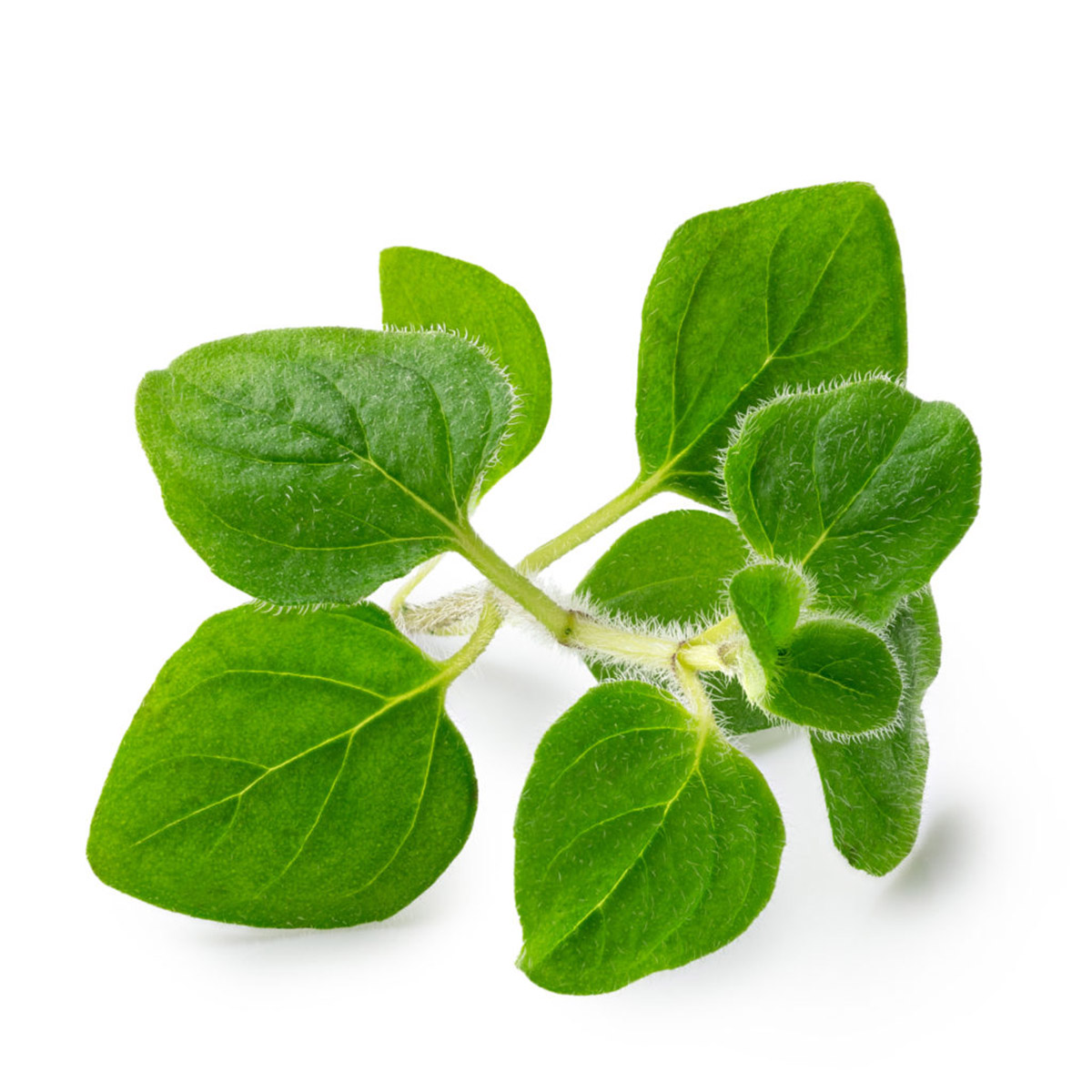
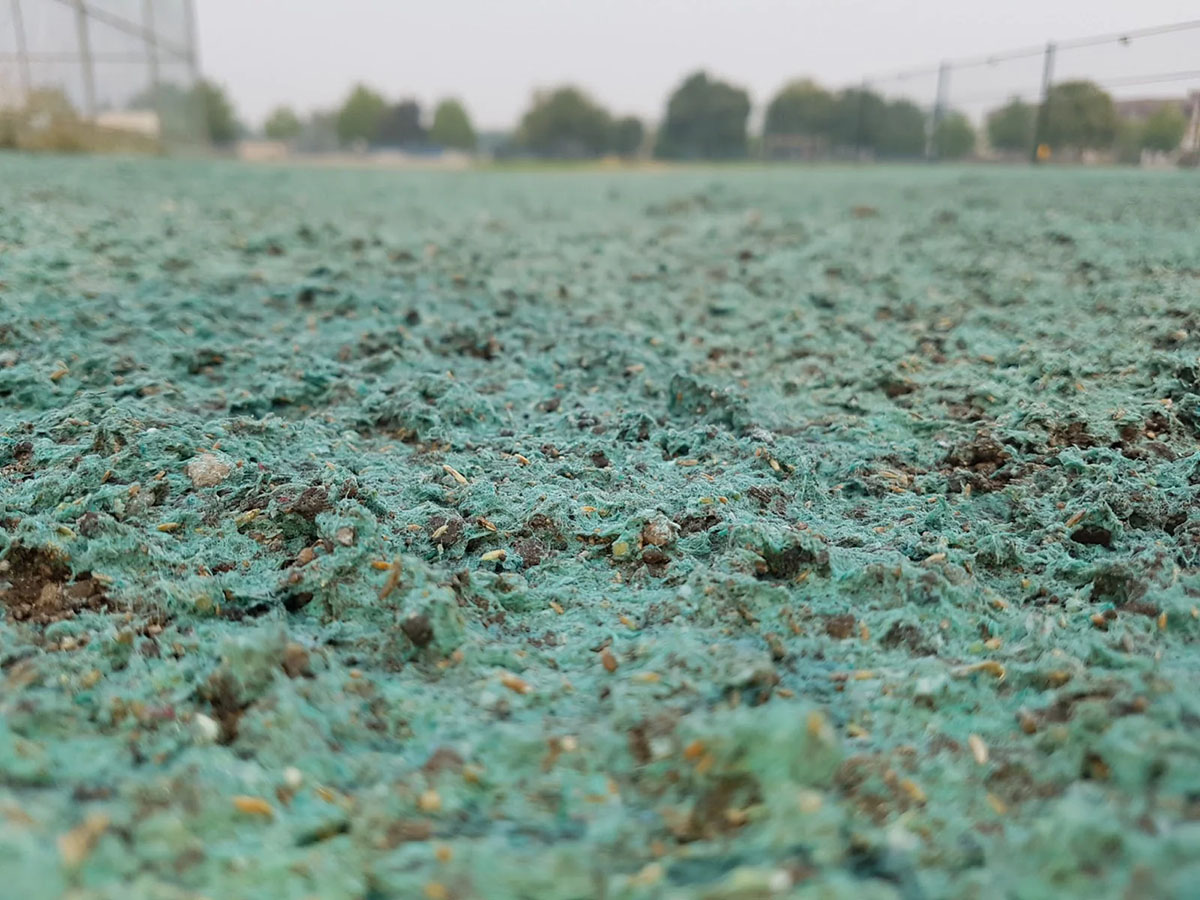
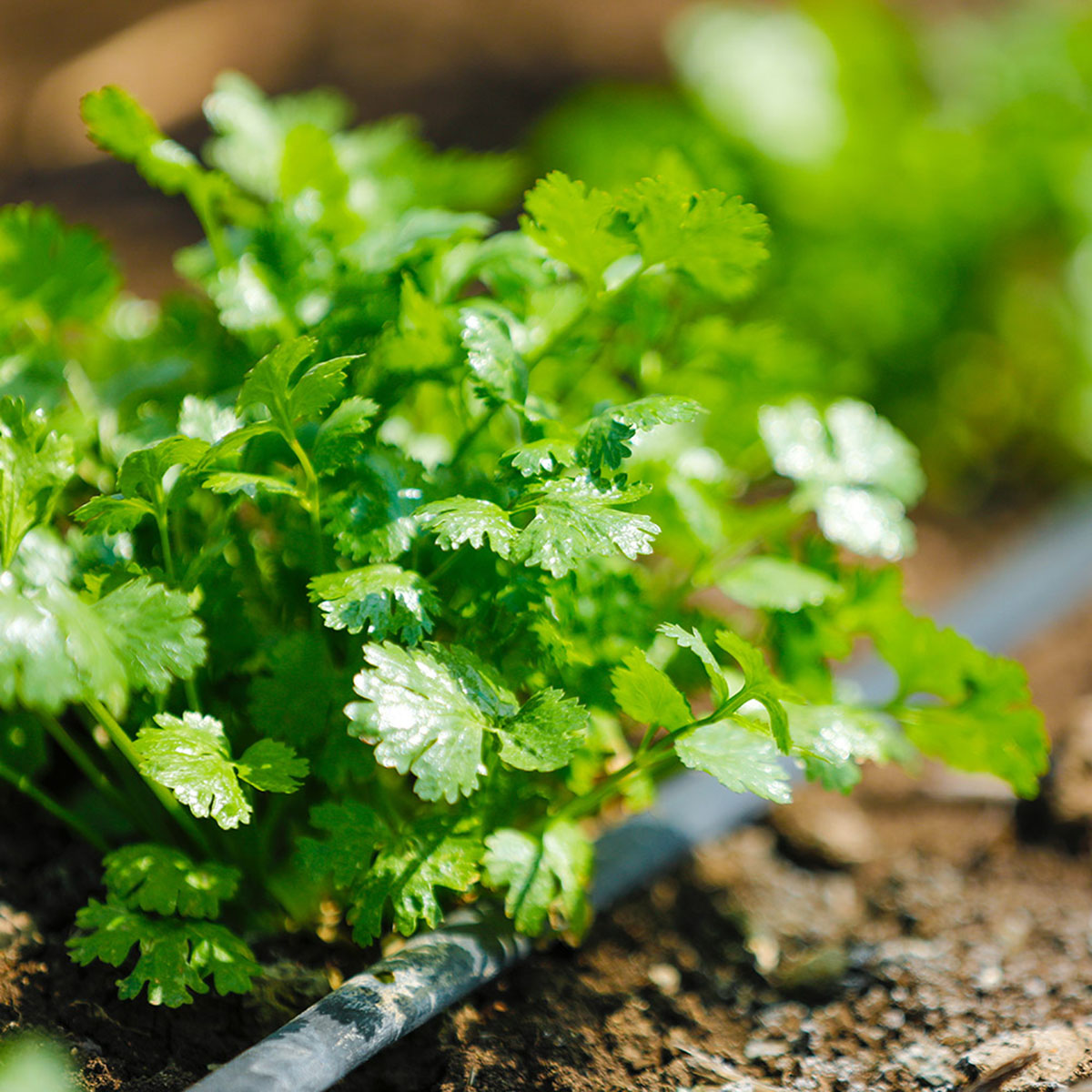
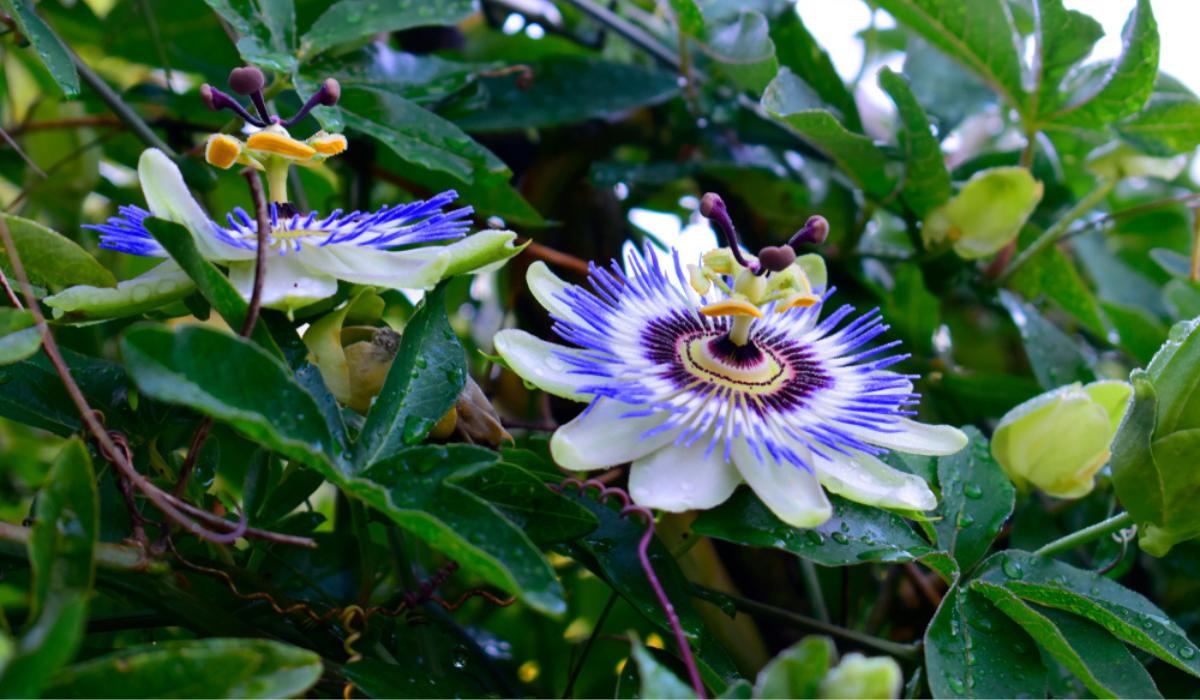
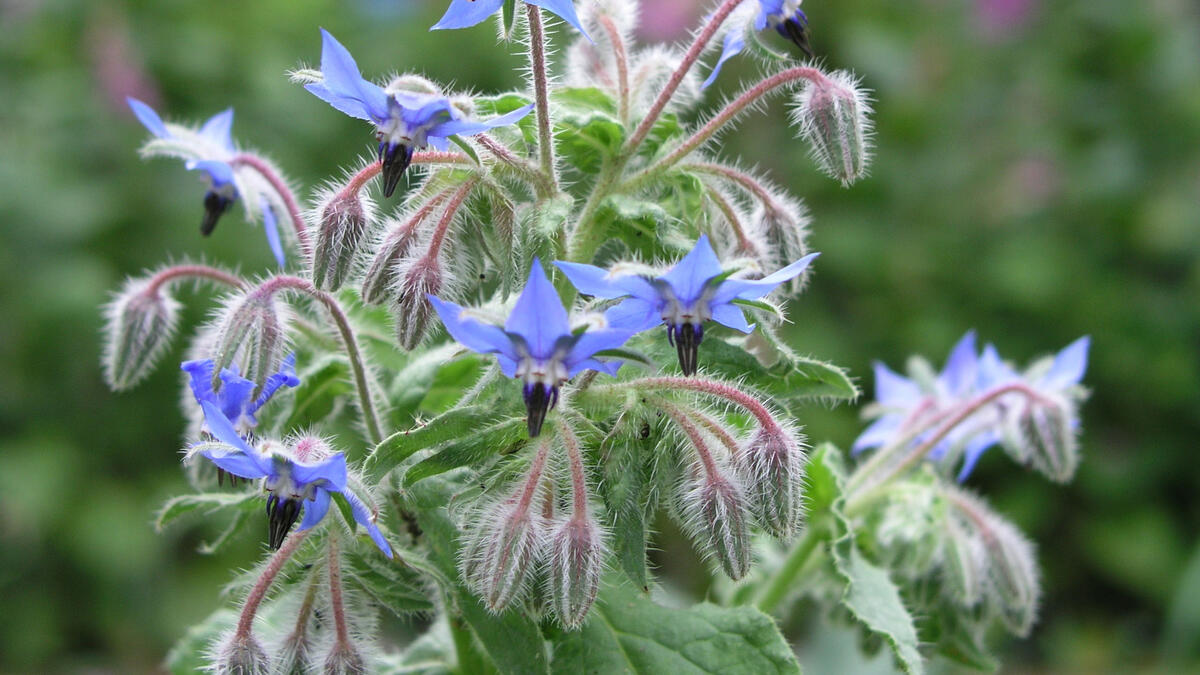
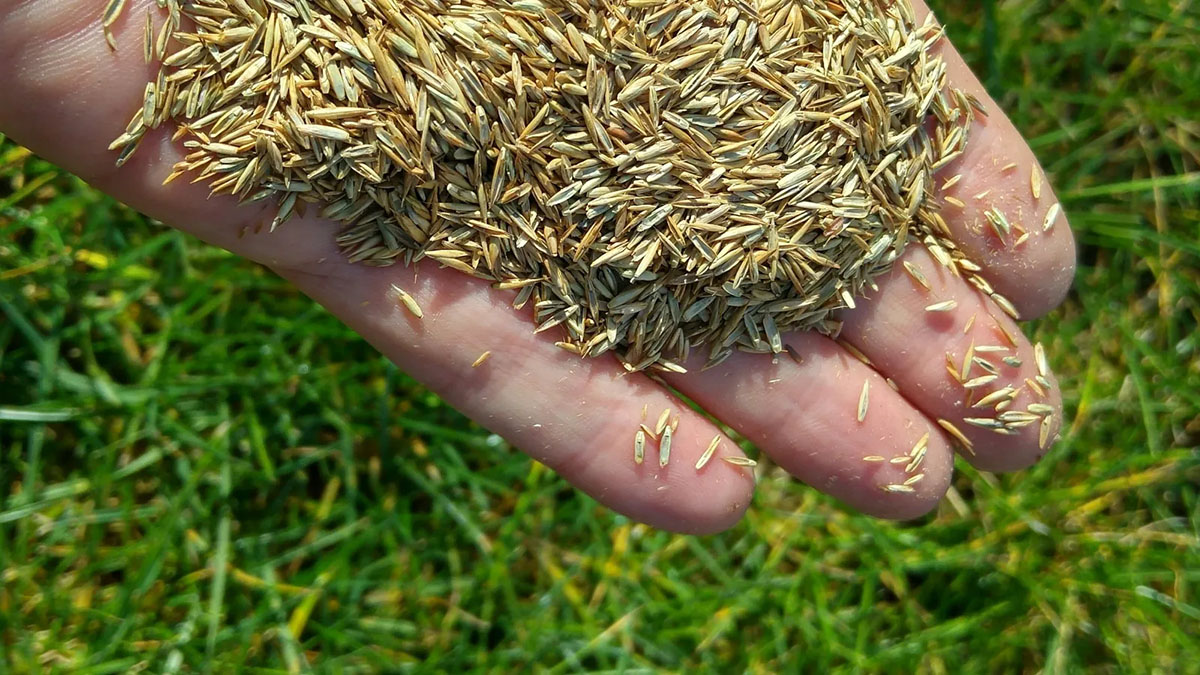
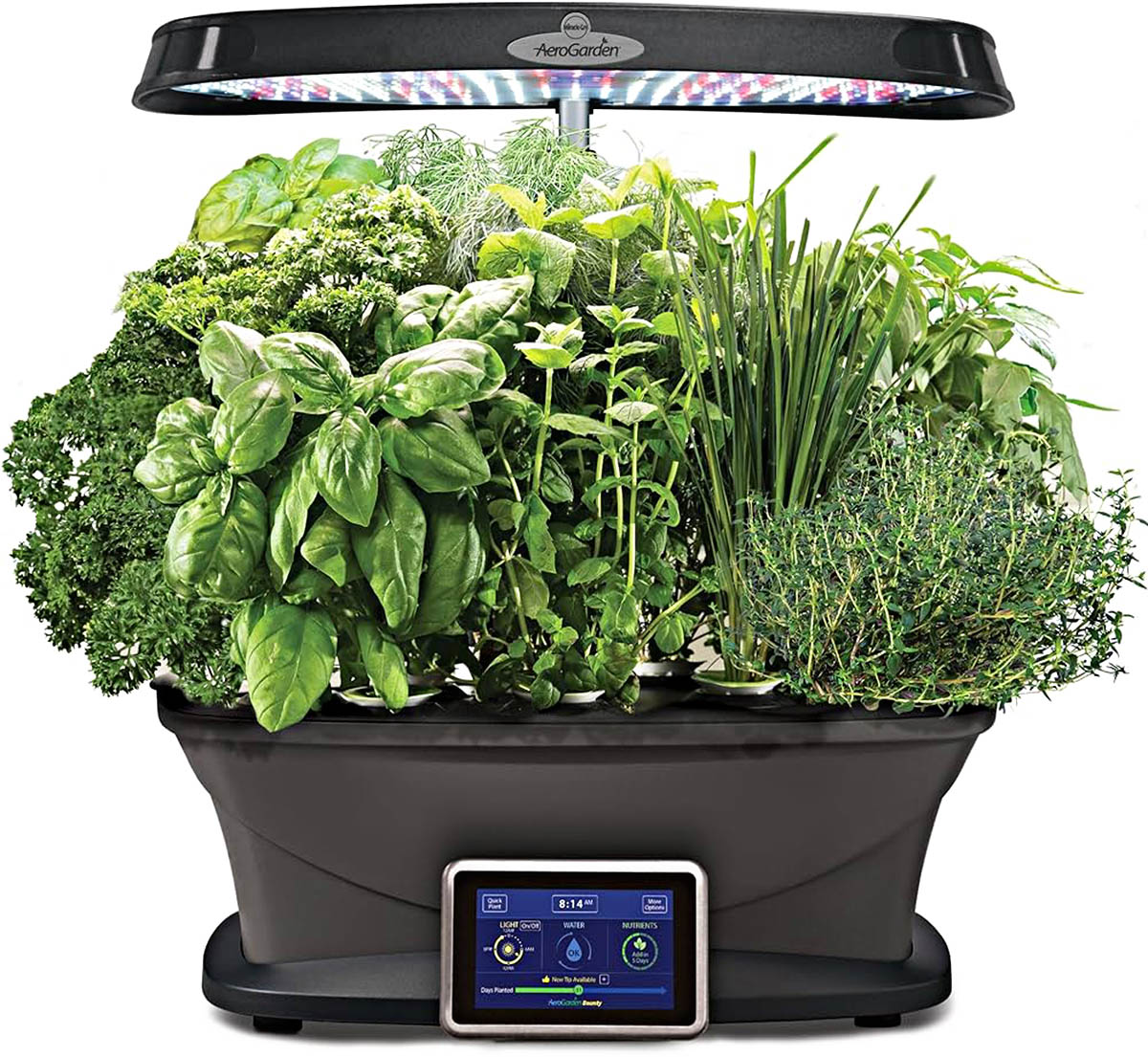

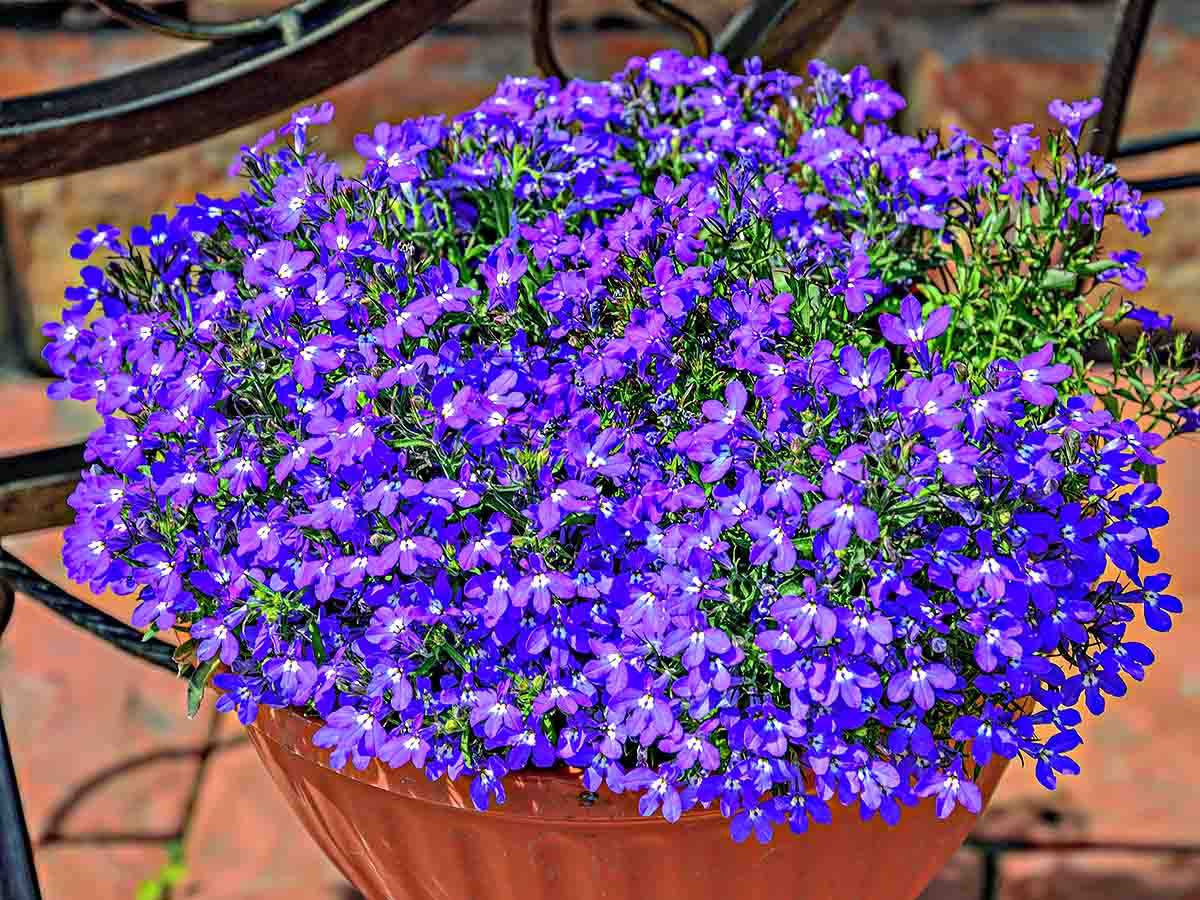
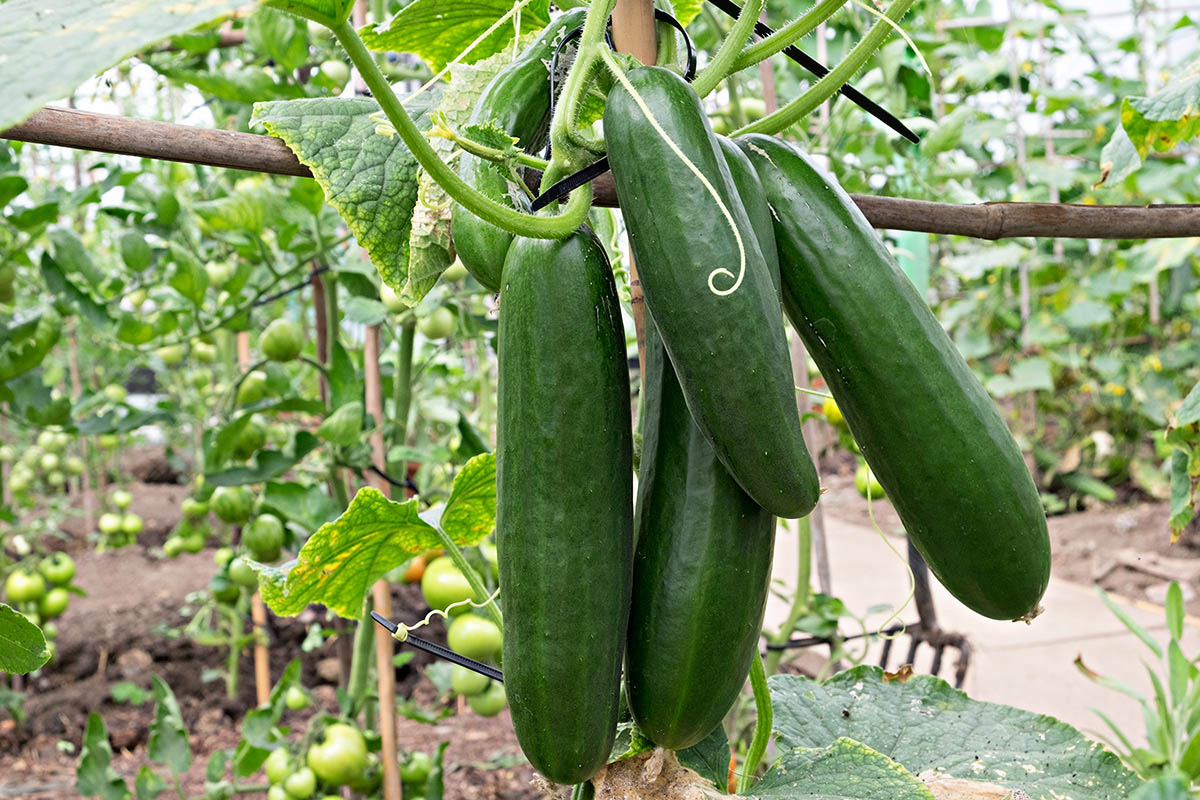
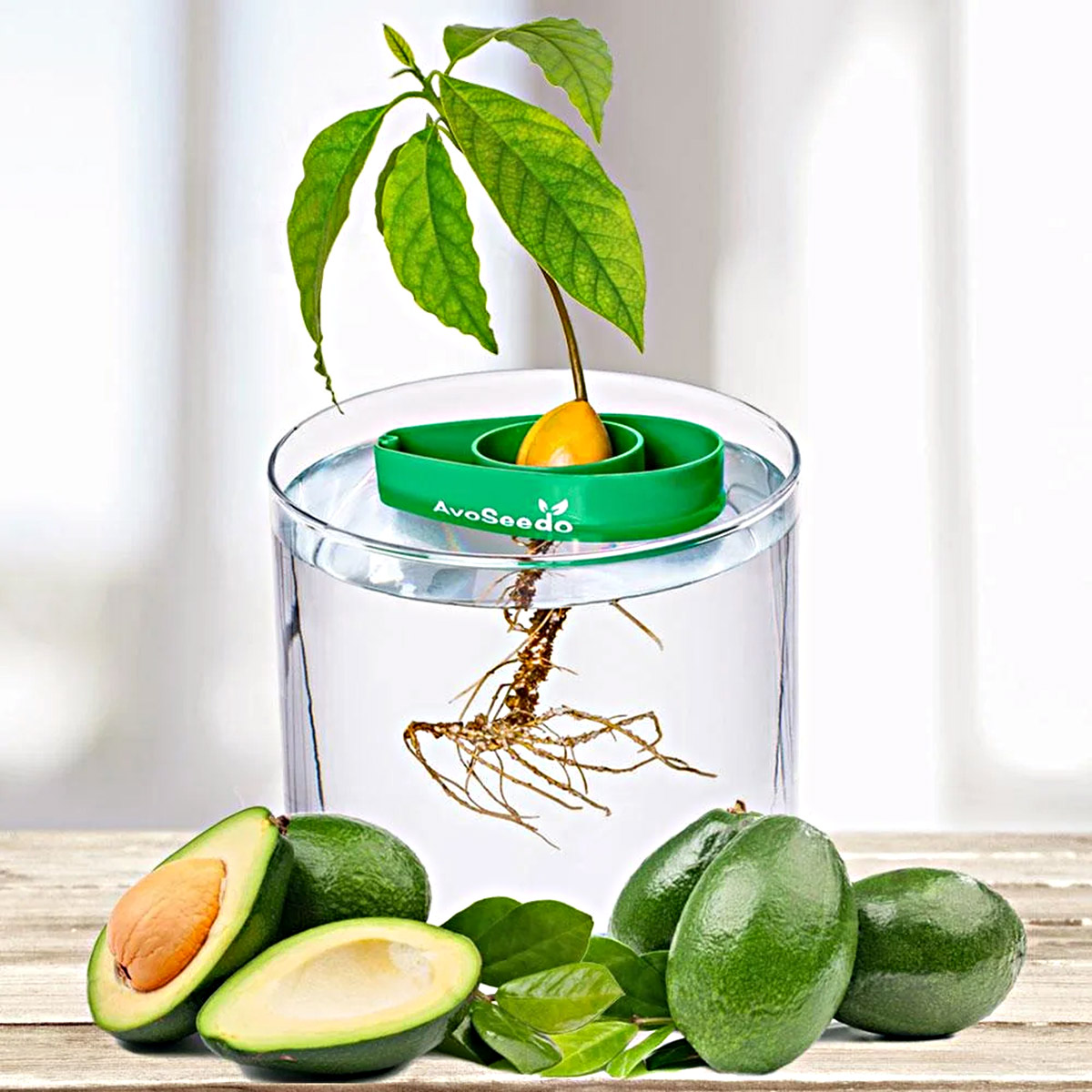
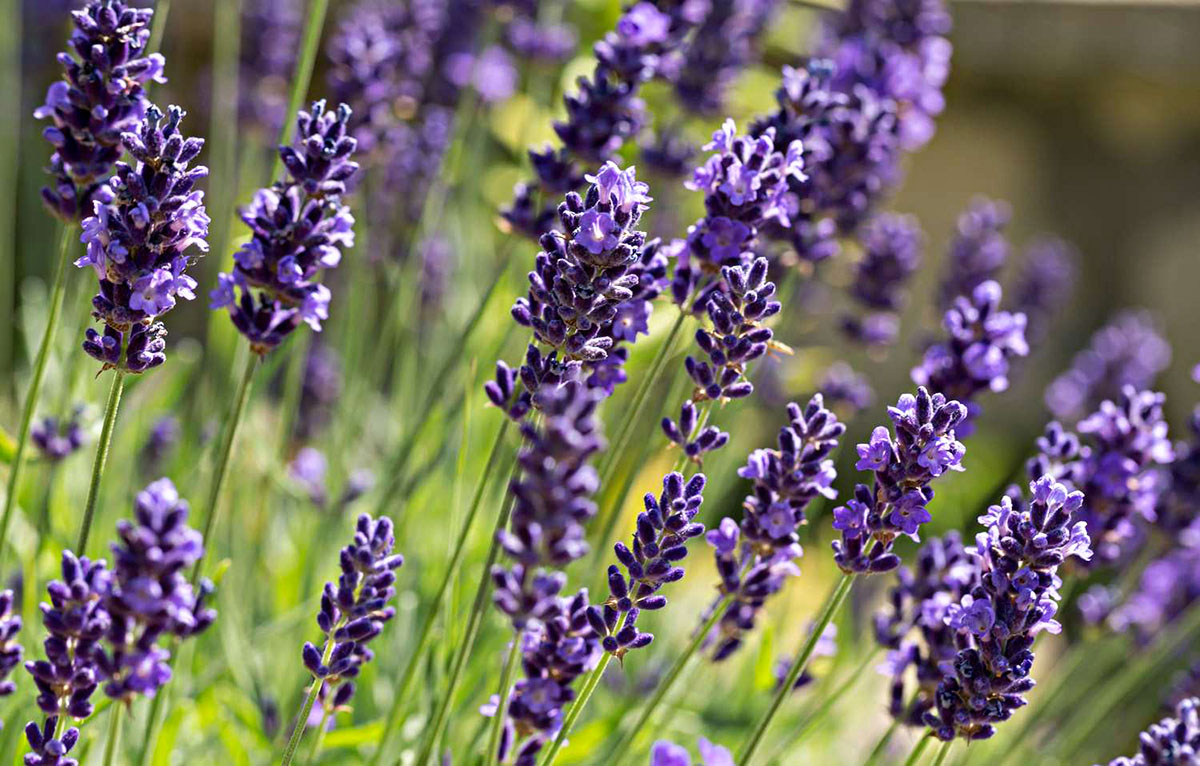
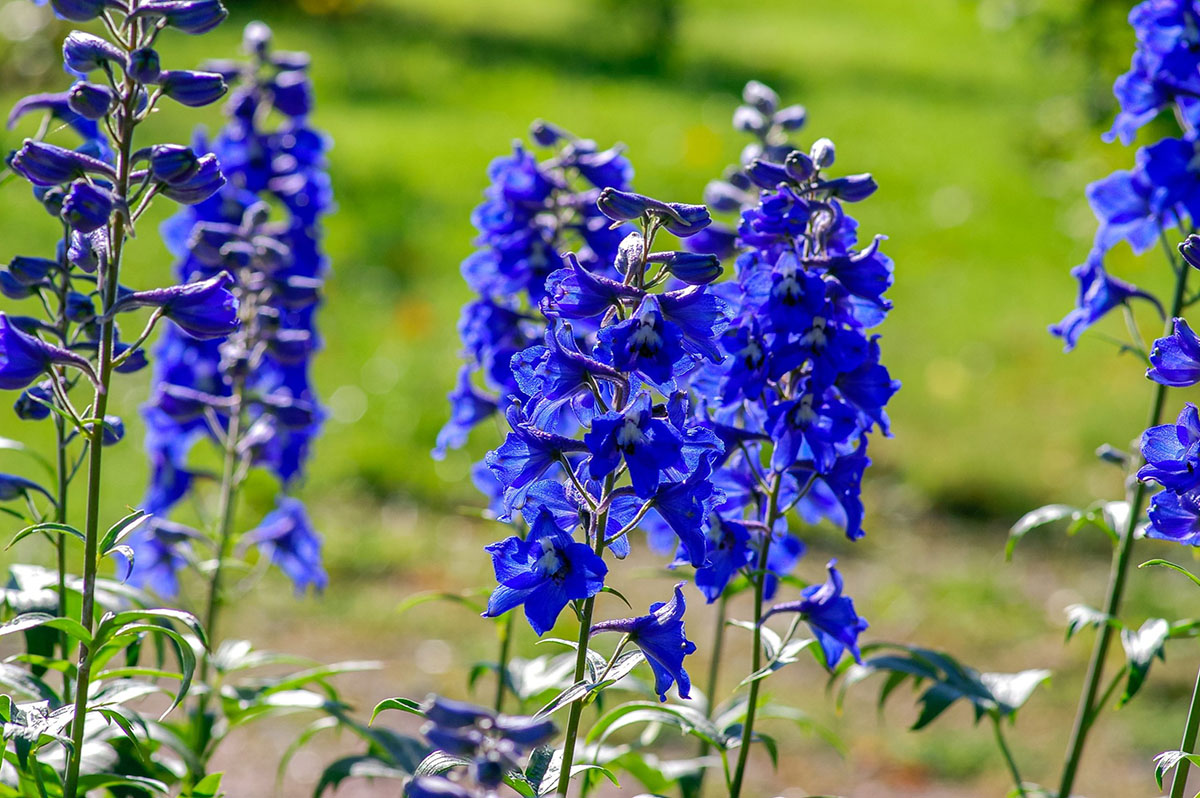
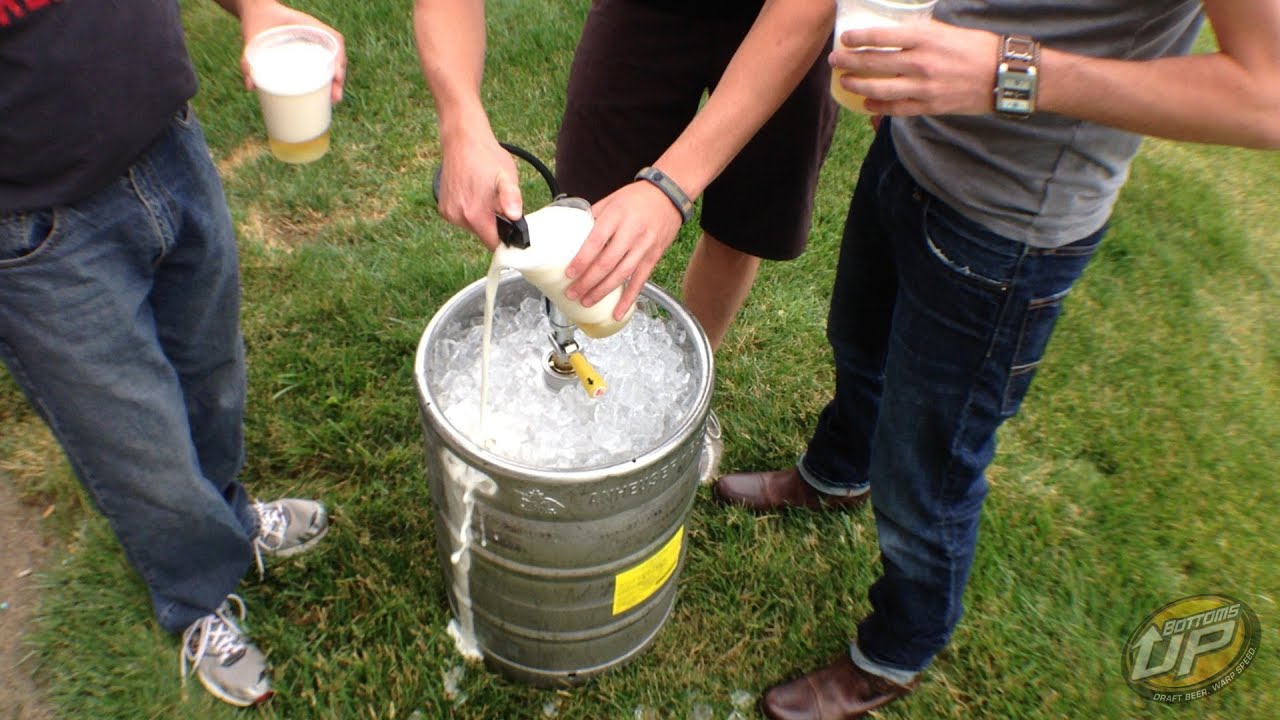

0 thoughts on “How Long Before Gourds Germinate”